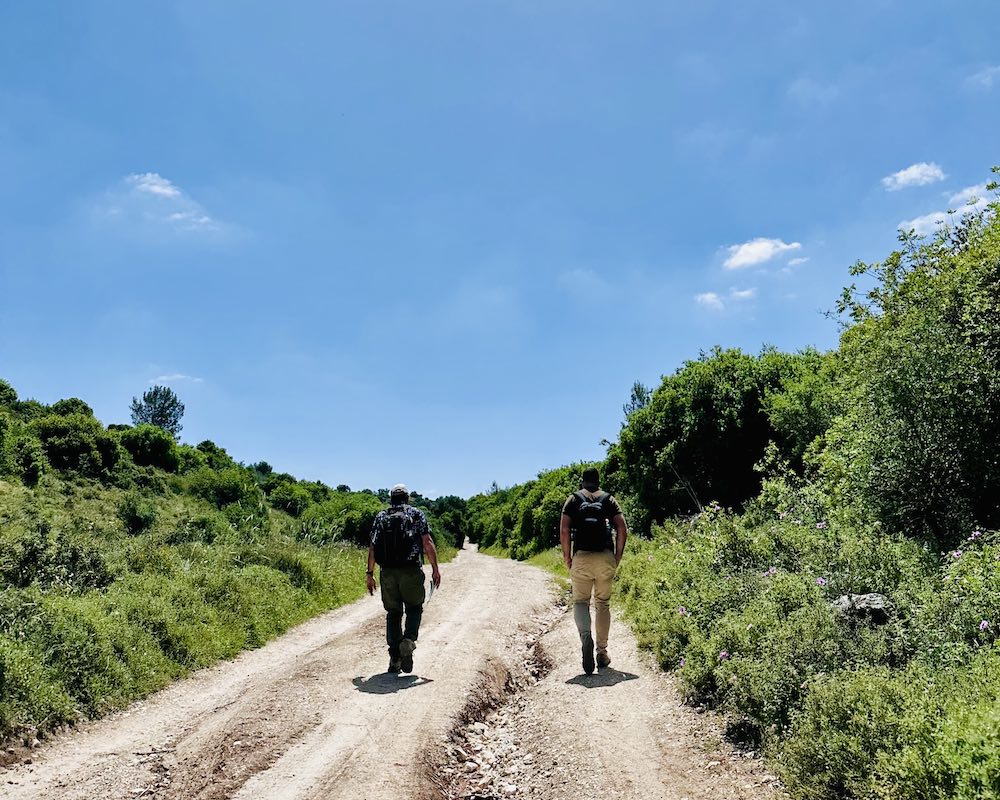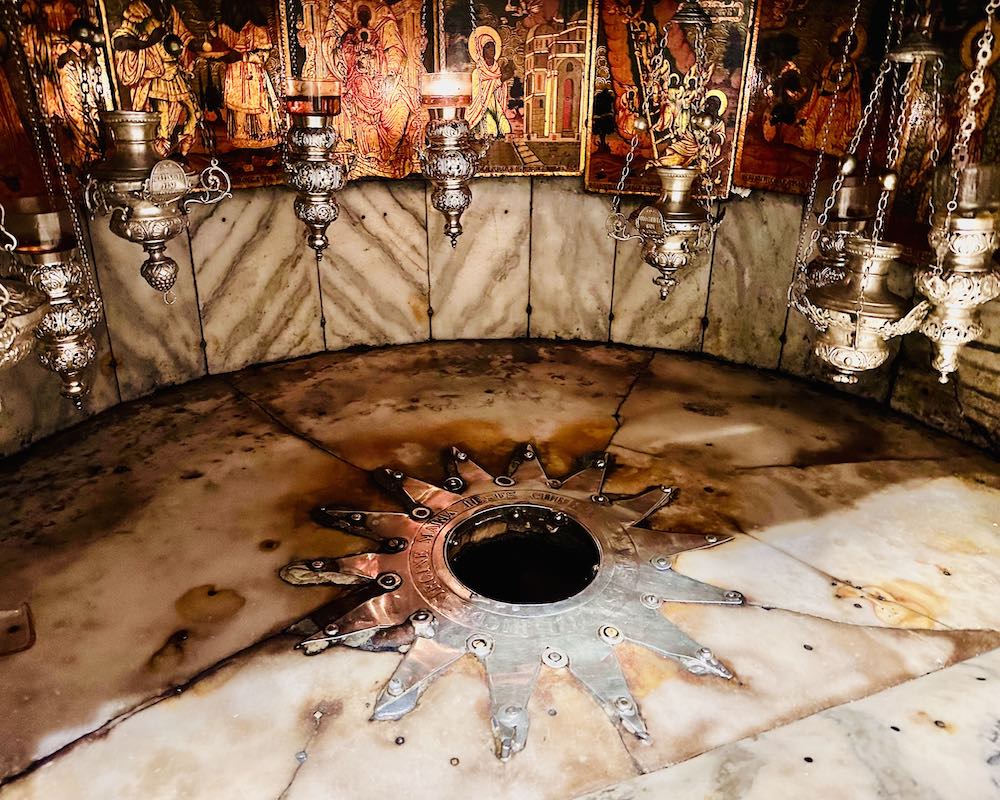
If you’ve started to do a little research on travel in Israel, there’s one word or concept you’ve definitely found already: Shabbat. The premise of rest is appealing; you’re on vacation after all. But for most travelers to Israel, rest isn’t the first thing on your list of things to do. You have things to do! Not to worry, though. Here’s your guide to travel in Israel on Shabbat!
What is Shabbat?
Shabbat literally means Sabbath, as in, God rested on the sabbath. As in, Commandment number 4: “Remember the Sabbath day to keep it holy” (Exodus 20:8). For Jews in the Old Testament, as now, that means they’re not allowed to work or do any kind of activity on the Sabbath. No travel (that includes driving), no cooking, no work, no carrying anything from one place to another, no technology, etc.
I’m Not Jewish. Why Do I Need to Know about Shabbat?
Well, you need to know about it because it will greatly affect the planning of your trip to Israel. That authentic restaurant you wanted to try? Closed. That museum you were planning to visit? Closed. Or maybe they’ll have modified hours. That unbelievable hotel breakfast you were counting on? Hope you’re okay with slim pickings and nothing served hot.
Shabbat comes around every week, without exception, so if you’re coming to Israel even for just a week, you will experience Shabbat! It can really throw a wrench in your plans if you’re not prepared or worse—are taken completely by surprise!
When is Shabbat?
Shabbat begins at sundown on Friday, and it lasts through Saturday. Many shops and restaurants actually start to close up around 2:00 or 3:00pm Friday afternoons so the owners and employees can get home and get food ready before sunset. Don’t expect regularly scheduled programming until Sunday morning!
What Can I Do on Shabbat?
Actually, there is a lot to do if you know where to look! Muslim-owned restaurants and businesses will still be open, because their holy day is Friday, not Saturday. You can go into Christian sites, like churches, because the Christian holy day is Sunday, not Friday.
Some museums, like the Israel Museum in Jerusalem, closes early on Fridays but is open regular hours on Saturdays (unlike Yad Vashem Holocaust Museum, which is closed on Saturdays). The outdoors is always open, so it’s a great day for a hike, a trip to the beach, or a float on the Dead Sea. Do a quick search to find the opening hours for Fridays and Saturdays if there is something you’re really interested in doing, just to make sure.
Where is the Best Place to Be on Shabbat?
Definitely try to be in Tel Aviv, or possibly the Galilee region, which has a higher population of Muslim, not Jewish, people. Tel Aviv is more liberal and less religious, and many non-practicing Jews live and work there. Tel Aviv will have more open restaurants, museums, and sites to visit on Shabbat, but always look for hours for a specific site or business before you make plans.




